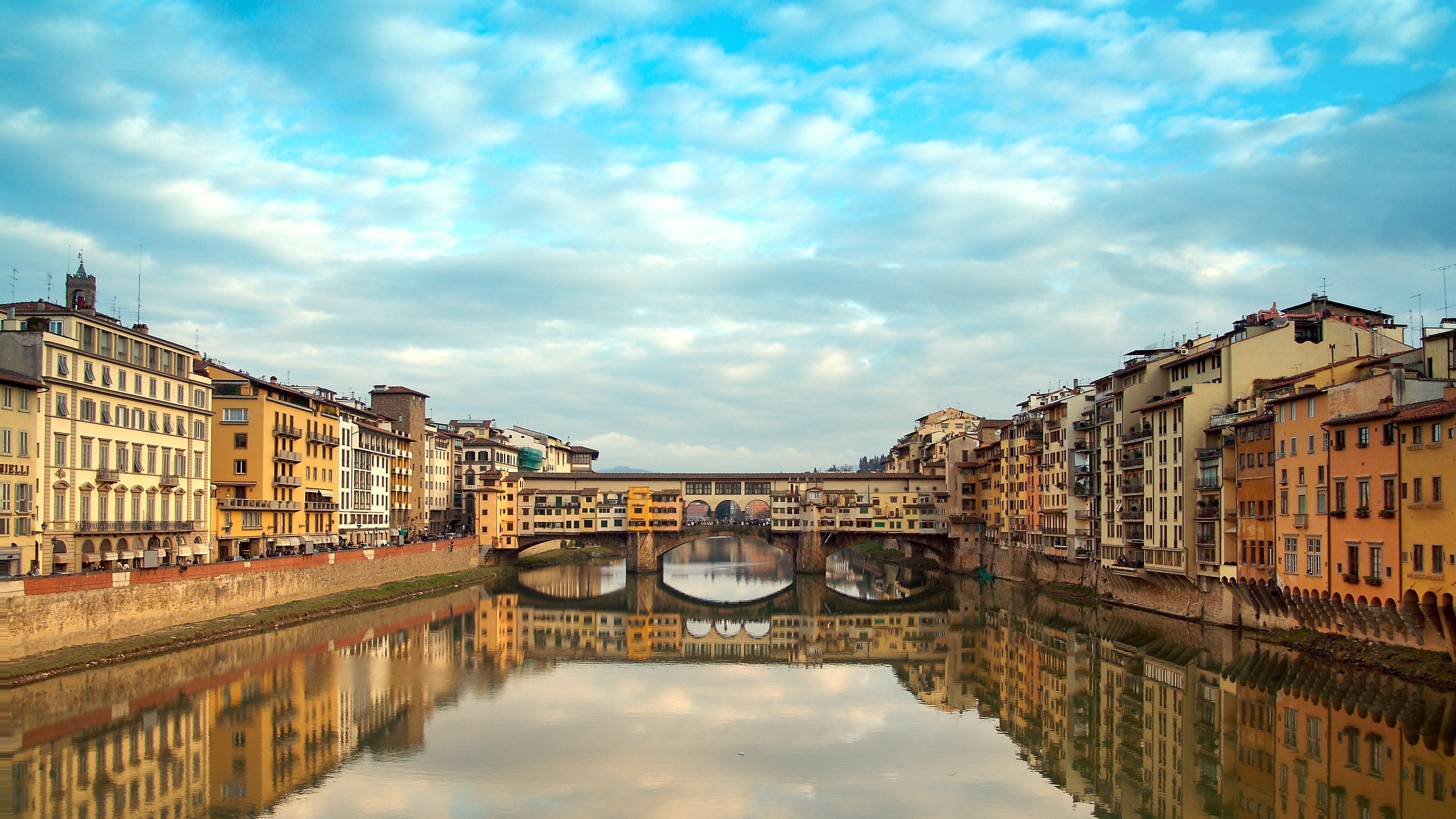Nestled in the heart of Florence, Italy, the Ponte Vecchio is more than just a bridge — it’s a living monument to centuries of goldsmithing, artisan tradition, and romantic history. Spanning the Arno River with its unmistakable medieval arches and shop-lined façade, the Ponte Vecchio has become a symbol not only of Florence’s enduring beauty but of its intimate relationship with fine jewellery.
For jewellers like us at James Stephens Jewellers & Sons, whose roots lie in craftsmanship passed down through generations, the story of the Ponte Vecchio is more than a historical curiosity. It’s a mirror to our own values: precision, heritage, and the art of making something truly timeless.
The Beginnings
The Ponte Vecchio, which translated to “Old Bridge”, was first contructed in 1345, making it one of the oldest bridges in Europe still in active use today. Built to connect the two halves of Florence over the Arno River, it replaced earlier wooden bridges destroyed by floods. Its unique design, featuring shops built along the sides, was unusual even for medieval Europe and was considered an outstanding engineering achievement being one of the first segmental arch bridges built in the West.
But the Ponte Vecchio wasn’t always lined with goldsmiths and jewellers. Jewellery shops made their initial appearance on the bridge only in 1565, at the request of Ferdinando I de' Medici. Before that, it was butcher shops which brought the bridge to life for over a century. This initially made sense at the time as they were able to throw foul-smelling wastes directly into the river. However, such scenery and smells didn't pair well with the Medici's plans to building a perfect city so the butcher shops (who had monopolized the the bridge since 1442) were forced to relocate after a decree was made that
stated only goldsmiths and jewellers were allowed to trade on the bridge.
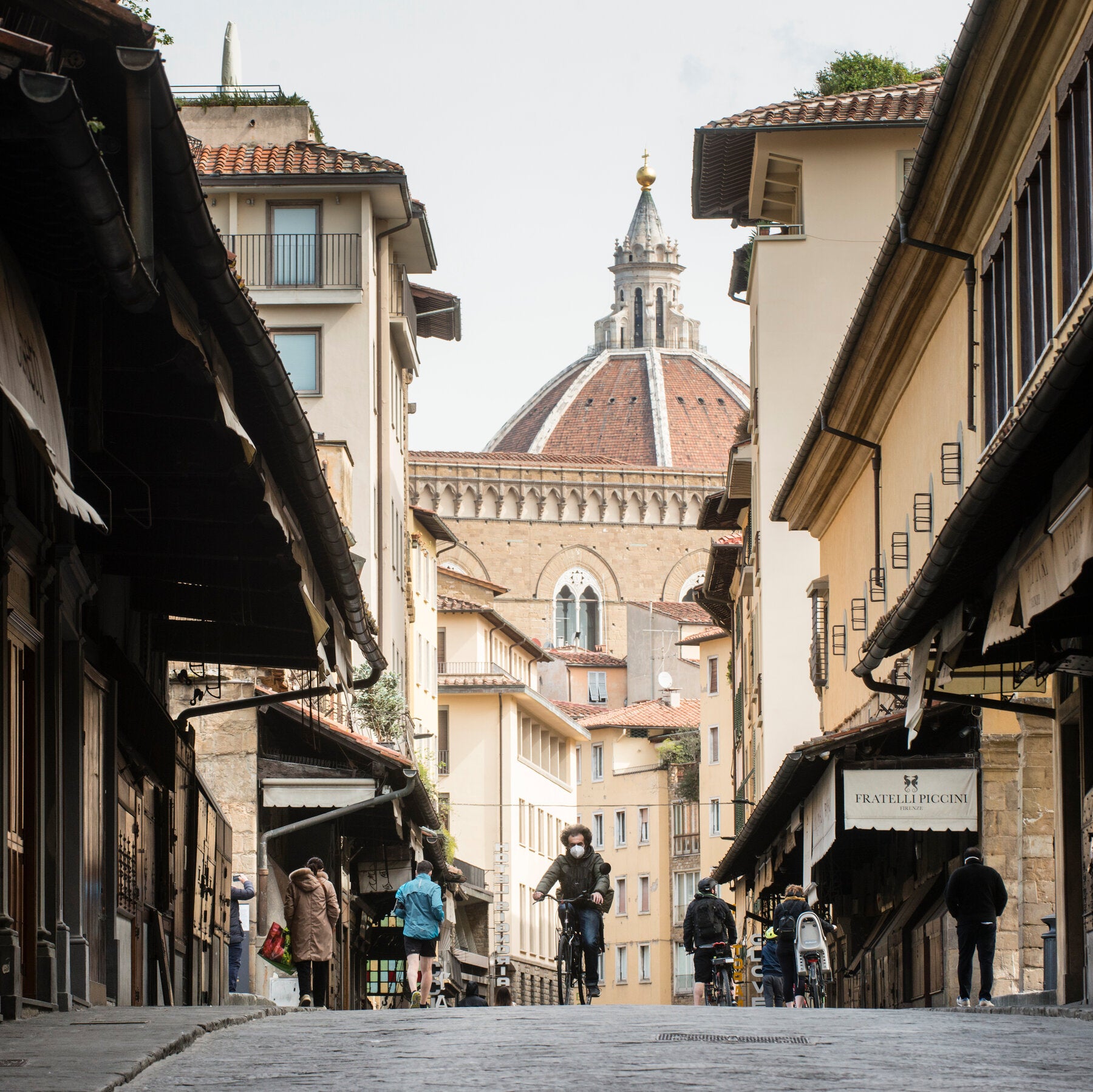
Goldsmithing
When you think of Italian goldsmithing, there are a few places which may initally come to mind. Vicenza is often referred to as the jewellery capital of Italy, being a major hub for production and design. The city is host to the Vicenzaoro jewellery fair, a major event in the global jewellery industry. Florence, however, is celebrated for its skilled goldsmiths and the unique artisan jewellery crafted in its workshops. The Ponte Vecchio has been the home for some of the most influential jewellers in history. Many of the families who operate on the bridge today trace their roots back generations, with skills passed down the old way — through apprenticeship, repetition, and careful observation.
Each shop is narrow and deep, often no wider than a doorway, but packed with the tools and techniques of traditional craftsmanship. Jewellers here still work in gold and precious stones using methods that would be familiar to their ancestors — hand tools, tiny flame torches, and a jeweller’s loupe never far from reach. This continuity is rare. This kind of hands-on expertise resonates deeply with our own team at James Stephens Jewellers & Sons, where our workshop remains central to everything we do. Like the artisans of The Ponte Vecchio, we believe the heart of any great jewellery house is its bench
Most historic jewellery districts have modernised beyond recognition or vanished altogether. But The Ponte Vecchio has remained remarkably unchanged, which is part of its charm and its strength. It stands apart not just in Florence, but across all of Italy, as a place where fine jewellery is still made in the old way — slowly, expertly, and with pride.
During the Renaissance, as art was making it's mark - jewellery was working
alongside it. In fact, the most famous artists responsible for the period's artistic revival movement, like Filippo Brunelleschi, Lorenzo Ghiberti, and Sandro Botticelli, all served as goldsmiths’ apprentices, before moving on to other forms of art. With many famous portraits displaying braided hair ladened with lustrous jewels, we can see the historic style panning to true expressionism.
Gates Of Paradise
By Lorenzo Ghiberti
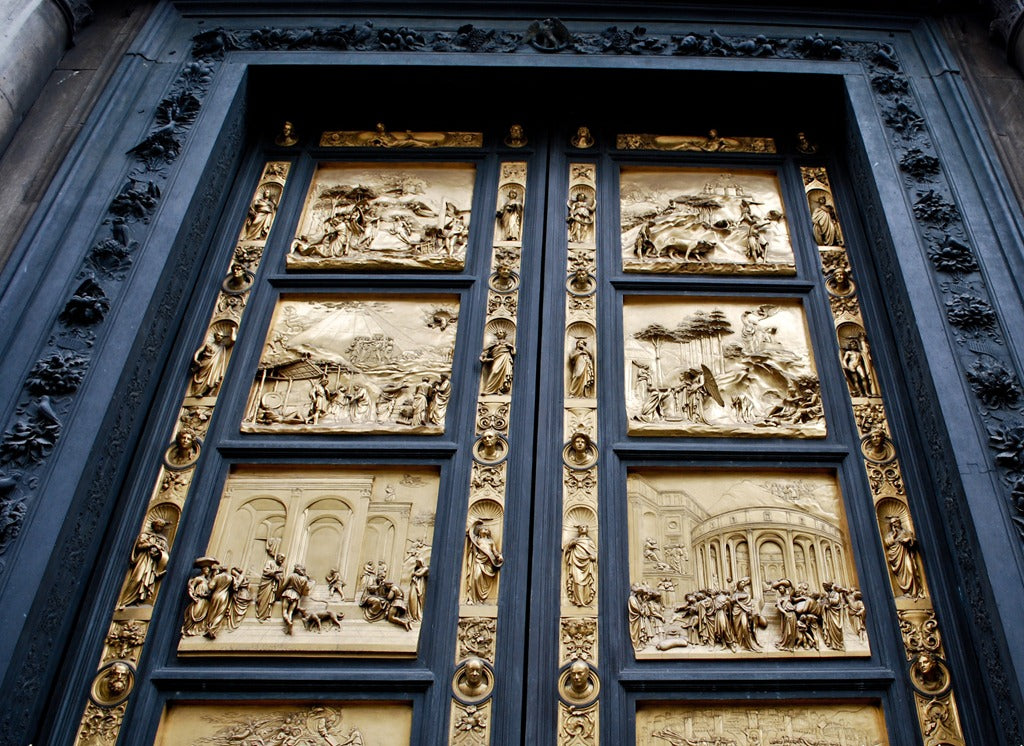
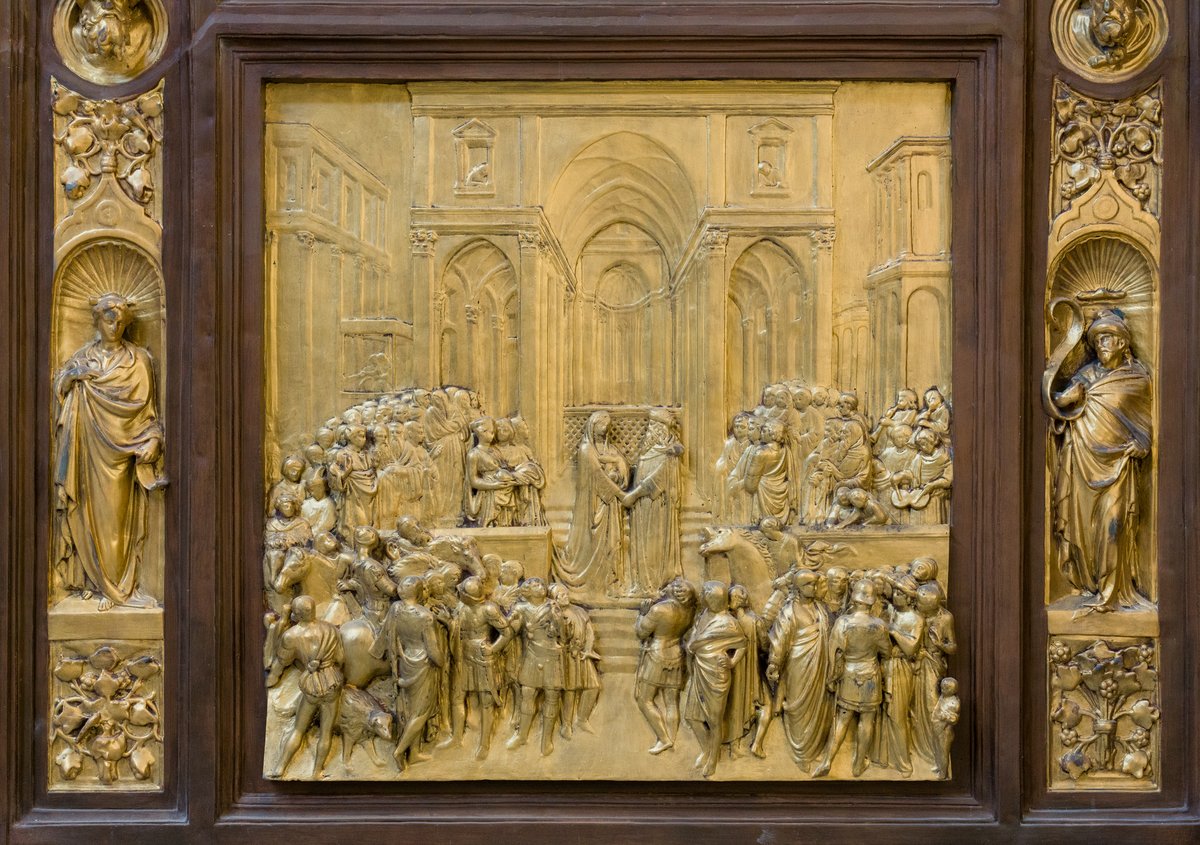
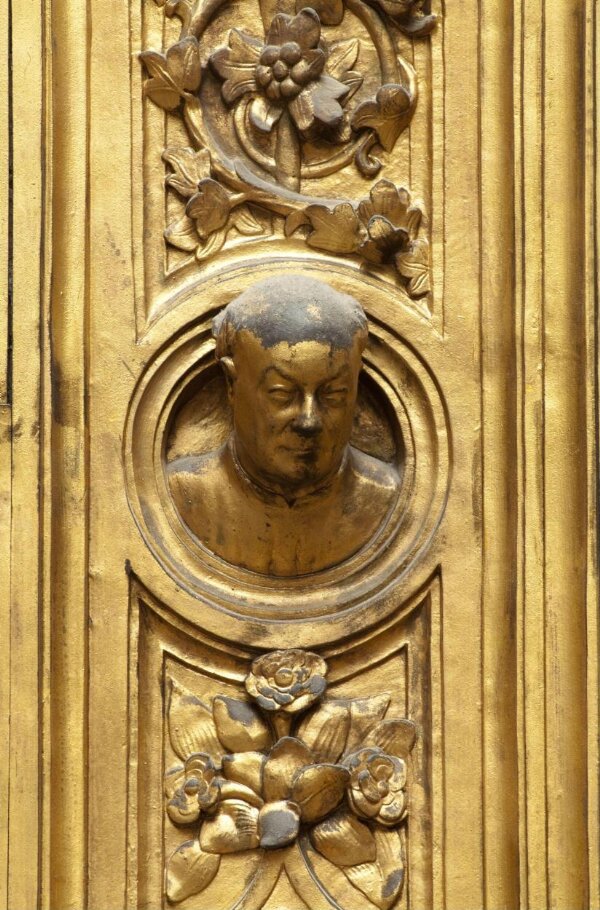
Influence Today
Much like the Renaissance goldsmiths who once worked just above the Arno, we believe jewellery should be made to endure. The influence of Renaissance design, from architectural symmetry to intricate detail, still shapes how we approach our craft today. Whether it’s a
bespoke engagement ring or a restored heirloom, our work is rooted in the same ideals: balance, beauty, and a respect for tradition that never goes out of style. We have a workshop on-site so the majority of pieces we craft are made in-house by our expert jewellers.
By Jared Stephens
Check out our other expert articles

